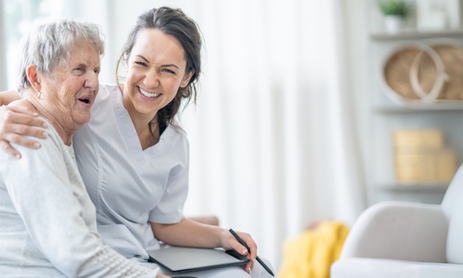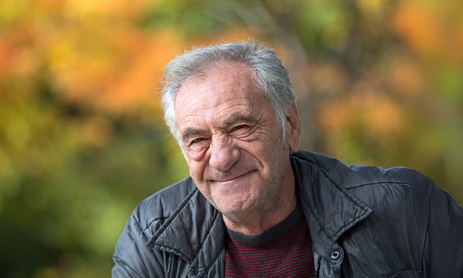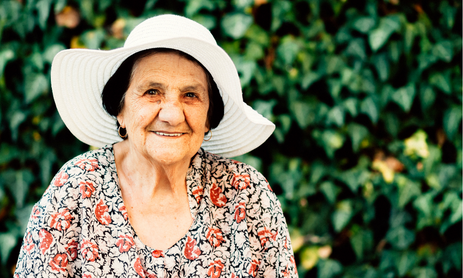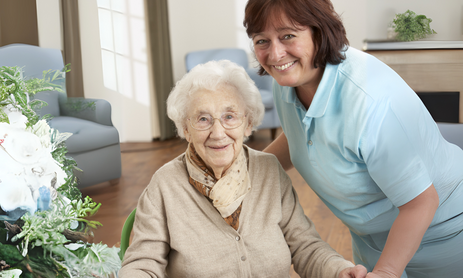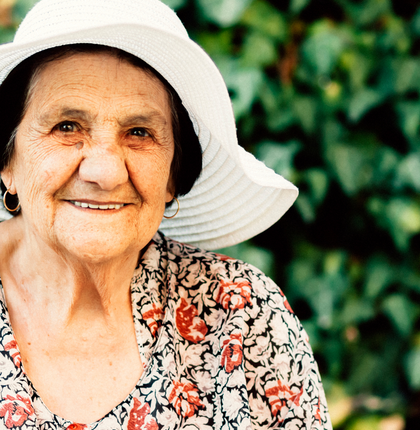
From Unsteady to Independent: How Physio Rebuilt My Mum’s Confidence
Lisa Noticed the Change Before Her Mum Admitted It
This is exactly what Lisa noticed in her mum, Susan. Susan is a retired teacher. Smart, strong-willed, and always active. But Lisa saw the shift before her mum ever admitted it. The walks got shorter. Then they stopped. Susan began using furniture to steady herself. And slowly, she stopped doing the things she loved.
Lisa didn’t want to overreact, but a quiet worry crept in. Was this just aging? Or the first signs of decline? The kind of decline that slowly chips away at independence, one small decision at a time?
When Confidence Fades, So Does Independence
Lisa tried gentle encouragement—“Let’s go for a short walk.” “Try this chair yoga video.” But Susan pushed back. Not out of stubbornness, but fear. Her confidence was gone. She didn’t trust her body anymore.
Then Lisa came across a blog about in-home physiotherapy. It talked about helping older adults rebuild confidence through simple, guided movement. No gyms. No pressure. Just support—right in their home. Lisa reached out. She booked an assessment. That’s when everything started to shift.
A Physiotherapist Who Took the Time to Listen
Peta the physiotherapist, didn’t rush in with exercises. She started with a conversation. She asked about Susan’s daily routine, her worries, and what she missed doing. She listened. Then she watched how Susan moved—getting up from a chair, turning, stepping, reaching.
From there, Peta built a personalised care plan. It wasn’t about “working out.” It was about building trust—between Susan and her own body. Strength-building exercises. Gentle balance activities. Safer ways to move through her home. Every step was designed to help Susan feel capable again.
Professional Assessment Makes the Difference
What set Summit Health Solutions apart for Lisa was how comprehensive—and professional—the process felt.
Susan’s initial assessment wasn’t rushed or cookie-cutter. It included:
-
Evaluation of balance and stability during key movements
-
Strength testing of the muscles needed for walking, standing, and climbing stairs
-
Joint mobility and flexibility checks
-
A full gait analysis to catch subtle walking patterns that could lead to falls
-
A safety review of her home setup—rugs, stairs, entryways
-
A thoughtful discussion about Susan’s priorities and what she wanted to return to doing
The difference between professional physiotherapy and general exercise became immediately clear. Peta's advanced training allowed her to spot issues most people would miss—tiny imbalances or habits that could easily become fall risks. And she knew exactly how to correct them.
This wasn’t guesswork. It was targeted care backed by clinical expertise.
One Step at a Time—And Then Everything Changed
The change was almost immediate. Within a few weeks, Susan was walking to the mailbox. Then around the corner. Then one morning, she simply said, “Let’s walk the full loop.”
Lisa was stunned—not just by the movement, but by what came with it. Her mum laughed more. She smiled wider. She was lighter, brighter, more present. She even started gardening again.
“Mum seemed proud again,” Lisa said. “I didn’t realise how much fear had been weighing her down.”
What to Watch for in Your Own Family
If your mum or dad is starting to move less, hold furniture more, or avoid activities they used to enjoy—it may not just be “getting older.” It could be fear. And fear, if left unchecked, turns into avoidance. Then weakness. Then isolation.
But it doesn’t have to be that way.
Start by simply watching how they move. Ask how they feel. Look for the signs—hesitation, slower steps, holding walls, skipping stairs. Then gently ask what they’re afraid of. Most times, it’s not pain—it’s the fear of falling.
Small Steps Create Big Change
You don’t need to fix everything at once. But small actions, done consistently, can change everything. A few simple movements each day. A check-in from someone who understands older bodies. A safe environment. These are the things that bring confidence back.
Lisa no longer lies awake at night wondering what to do. And Susan doesn’t avoid the walk anymore. She looks forward to it. Because now, she trusts her legs again. She feels safe. She feels capable. And with that came her independence.
The First Step is Often Just a Conversation
P.S. If you’re in that same place Lisa was—wondering what’s next, unsure what kind of help your parent might need please download our Physiotherapy Checklist and give us a call on 1300 315 315. We’ll talk it through with you and help you find a gentle way forward. One small step can lead to steady ground.

